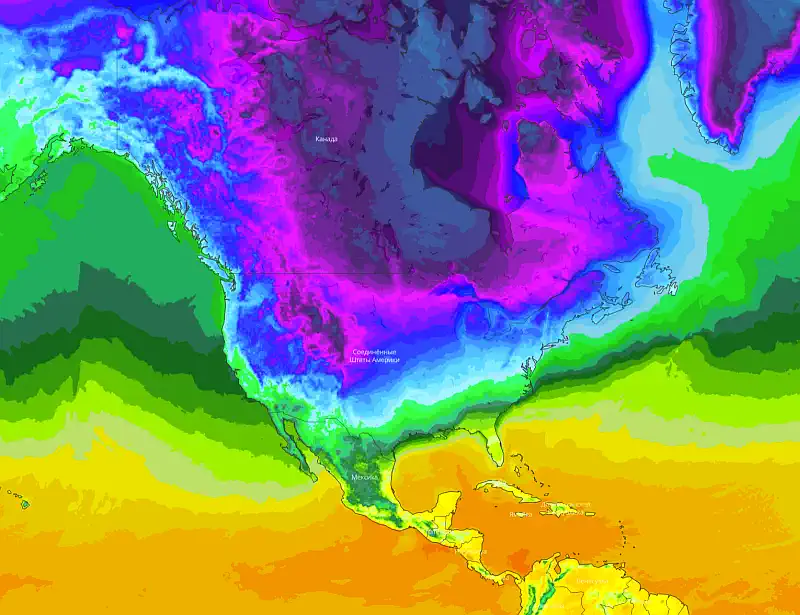Why is the US freezing and forests burning? Predictions about the impact of La Niña and the polar vortex on weather and fires in 2025


The U.S. is experiencing one of the most extreme winters in decades. Frost has blanketed the northern and central states, while the south suffers from drought and fires.
What is causing such stark contrasts in weather?
Two key climate phenomena, La Niña and the polar vortex, have an impact.
In this article, we'll break down how these natural phenomena lead to abnormal weather conditions, and why fires continue to threaten even in the midst of winter.
How does La Niña affect the U.S. climate?
La Niña is a phenomenon associated with the cooling of surface waters in the equatorial Pacific Ocean. It alters atmospheric circulation, creating extreme weather conditions around the world.
For the U.S., La Niña usually means:
Frost and snowfall in northern and central states.
Drought and warm weather in the south.
La Niña peaks in 2025, amplifying the impact of these anomalies. Northern regions record temperatures 10-20 °C below normal and southern states record critically low rainfall.
Polar vortex: why is it dangerous?
The polar vortex is an area of low pressure and cold air that usually remains closed over the Arctic. However, this year the vortex weakened and the Arctic cold spread southwards, reaching the US.
These changes have resulted in:
Sharp cooling in the northern and central states.
Increased winds, which increases the risk of fires in arid regions.
Why are fires a threat even in winter?
While winter is typically associated with low fire risk, that's not the case in 2025.
Drought. Southern states, including Texas, Arizona, and California, are suffering from a lack of precipitation due to the effects of La Niña.
Strong winds. The polar vortex weakened the stability of atmospheric flows, which increased winds in southern regions.
High temperatures. Despite winter, temperatures in some southern states remain above normal.
These factors create ideal conditions for fires to start and spread. In early January 2025, more than 200 wildfires have been recorded in the U.S., many of which are caused by high winds and dry conditions.
Weather forecast for the US: what to expect in the coming months?
Experts predict that extreme weather conditions will persist:
Northern states will continue to suffer from abnormal frosts.
Southern regions will face increased drought and fire danger.
A possible transition from La Niña to El Niño near the end of 2025 could change the climate balance.
U.S. residents are advised to monitor forecasts and prepare for dramatic weather changes.
La Niña and the polar vortex have a significant impact on the U.S. climate in 2025. Sharp freezes, drought and fires are all the result of a complex interplay of natural phenomena. These events underscore the importance of preparing for extreme weather and the need to consider climate change over the long term.